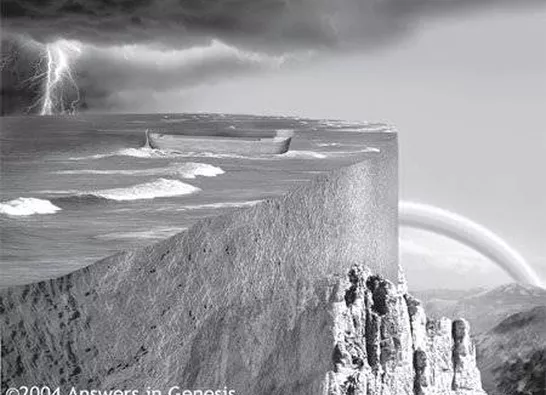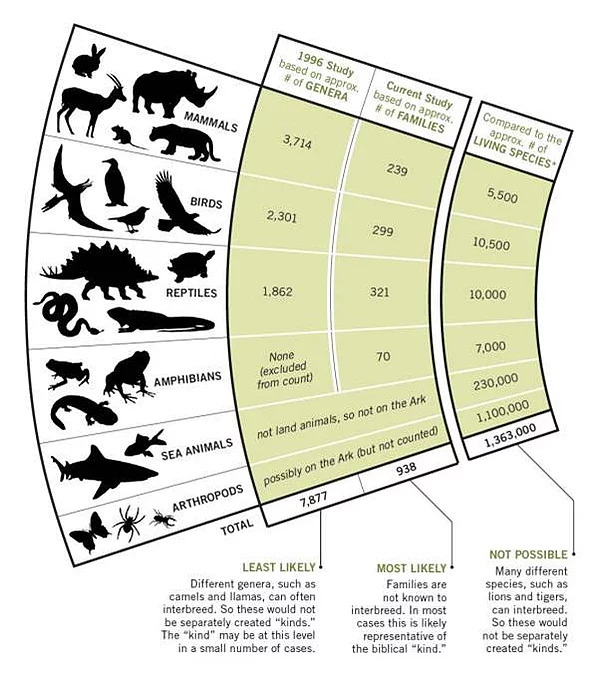The Evidence Doesn’t Lie
There are many events documented in the Bible that are so miraculous they require great faith to believe. The donkey that God made talk (Num 22:28), the great fish that swallowed Jonah (Jonah 1:17), Gideon’s defeat of 135,000 Midianites with only 300 men (Jud 8:11). Out of all the miraculous events in the Bible, the story of Noah’s flood is probably the most attacked and misunderstood. So much so that even many conservative Christians believe the flood was local or that it was an analogy.
Why is the global flood under such attack by the secular community and so watered down (pardon the pun) by Christians? Why is it so important that the epic story of Noah be discredited? The answer is simple. The flood of Noah explains all of the unsolved mysteries that secular geologists can’t explain. It explains why we see trees buried through sediment layers supposedly laid down over millions of years. It explains why millions of fossils have been found all over the world. It explains why we have so many layers of sediment across the world. It also completely washes away the evolutionary timescale assigned to the geologic column. If a global flood truly did happen, it would give credibility to the Biblical account of Noah and, therefore, to God.
The evidence for a global flood is so strong it can’t be ignored. But I will admit that the idea that one man and his family were able to construct an ark that could hold all the animals that would eventually reproduce all the species that we see today is difficult to imagine. My goal for this section is to walk you through some evidence and logical thinking which led me to believe that, not only is it possible, but likely given what we know.









